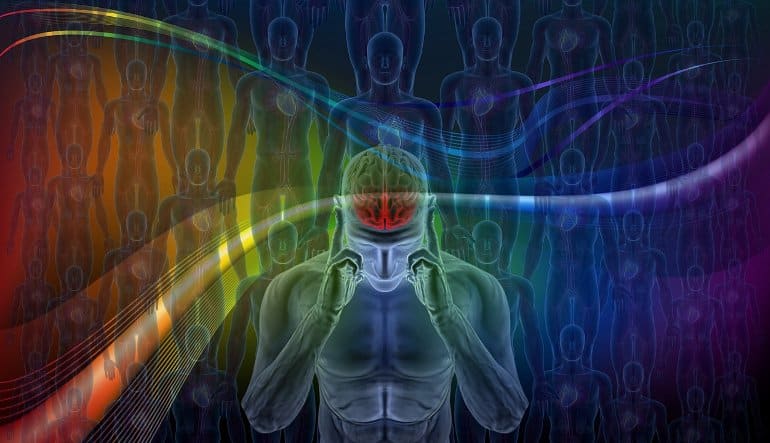
– Neurology research can include information involving brain research, neurological disorders, medicine, brain cancer, peripheral nervous systems, central nervous systems, nerve damage, brain tumors, seizures, neurosurgery, electrophysiology, BMI, brain injuries, paralysis and spinal cord treatments.
Summary: NG2-glia, a newly discovered type of brain cell that can renew itself is regulated by circadian rhythms.The findings shed new light on how the body’s circadian clock can promote healing following a traumatic brain injury.
A type of brain cell that can renew itself is regulated by circadian rhythms, providing significant insights into how the body’s internal clock may promote healing after traumatic brain injuries (TBI), according to new research from Children’s National Hospital.The Children’s National research team found that a relatively newly discovered type of brain cell – known as NG2-glia, or oligodendrocyte precursor cells – also follow a circadian rhythm.
This cell type is one of the few that continually self-renews throughout adulthood and is notably proliferative in the first week after brain injuries. .
“We have found evidence for the role of this well-known molecular pathway – the molecular circadian clock – in regulating the ability for these NG2-glia to proliferate, both at rest and after injury,” said Terry Dean, M.D., Ph.D., critical care specialist at Children’s National and the lead author of the paper.Yet no targeted therapies exist for TBI, creating a critical need to uncover the mechanisms that could unlock the regeneration of these NG2-glia cells, which are the most common type of brain cell known to proliferate and self-renew in adult brains.“It is essential for researchers to know that cell renewal is coordinated with the time of day,” said Vittorio Gallo, Ph.D., interim chief academic officer and interim director of the Children’s National Research Institute.Endogenous circadian clock machinery in cortical NG2-glia regulates cellular proliferationBecause circadian rhythm disturbances are common in neurologic disorders across the lifespan, including in TBI, these findings bear significant implications for cellular regeneration in brain injuries and disease